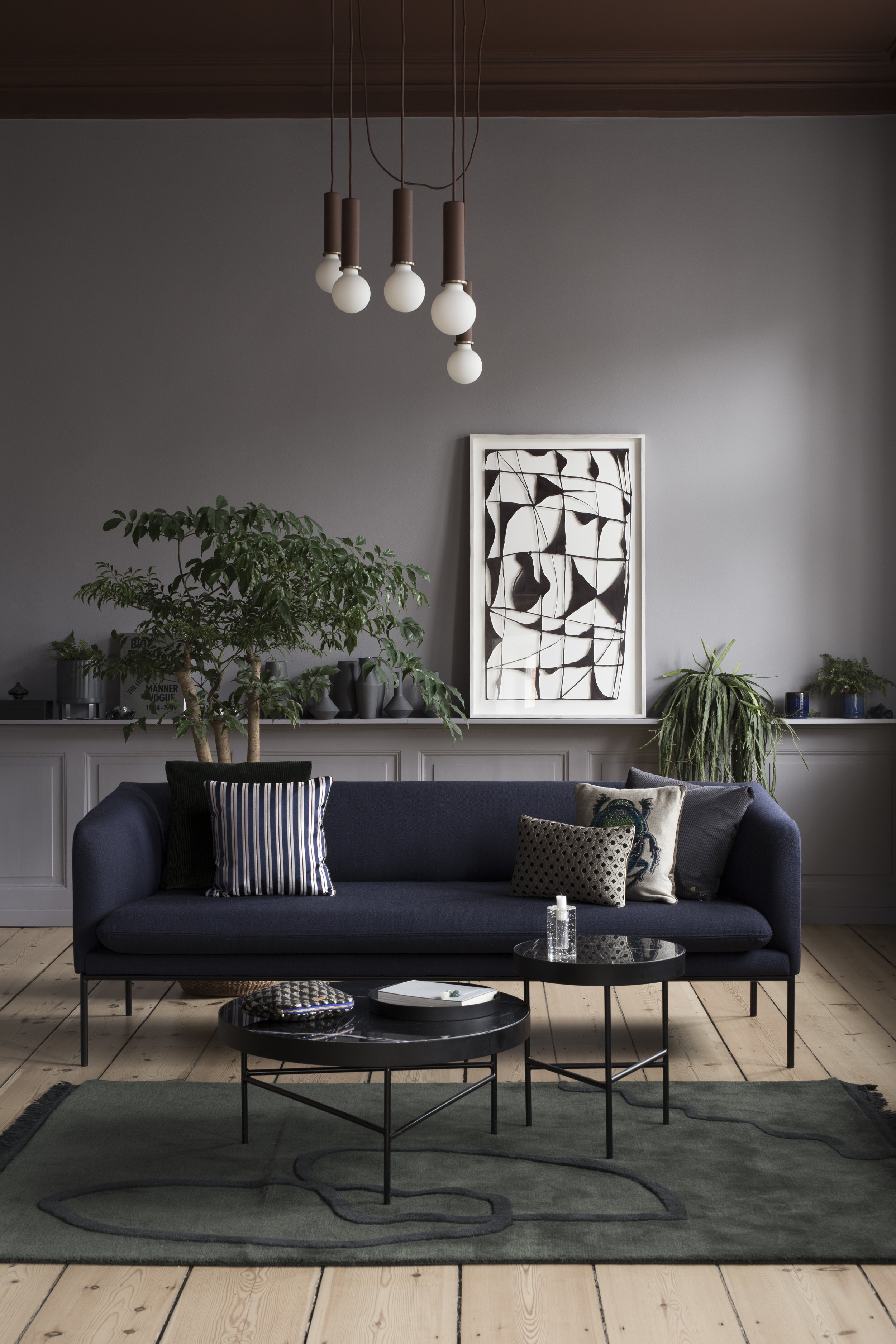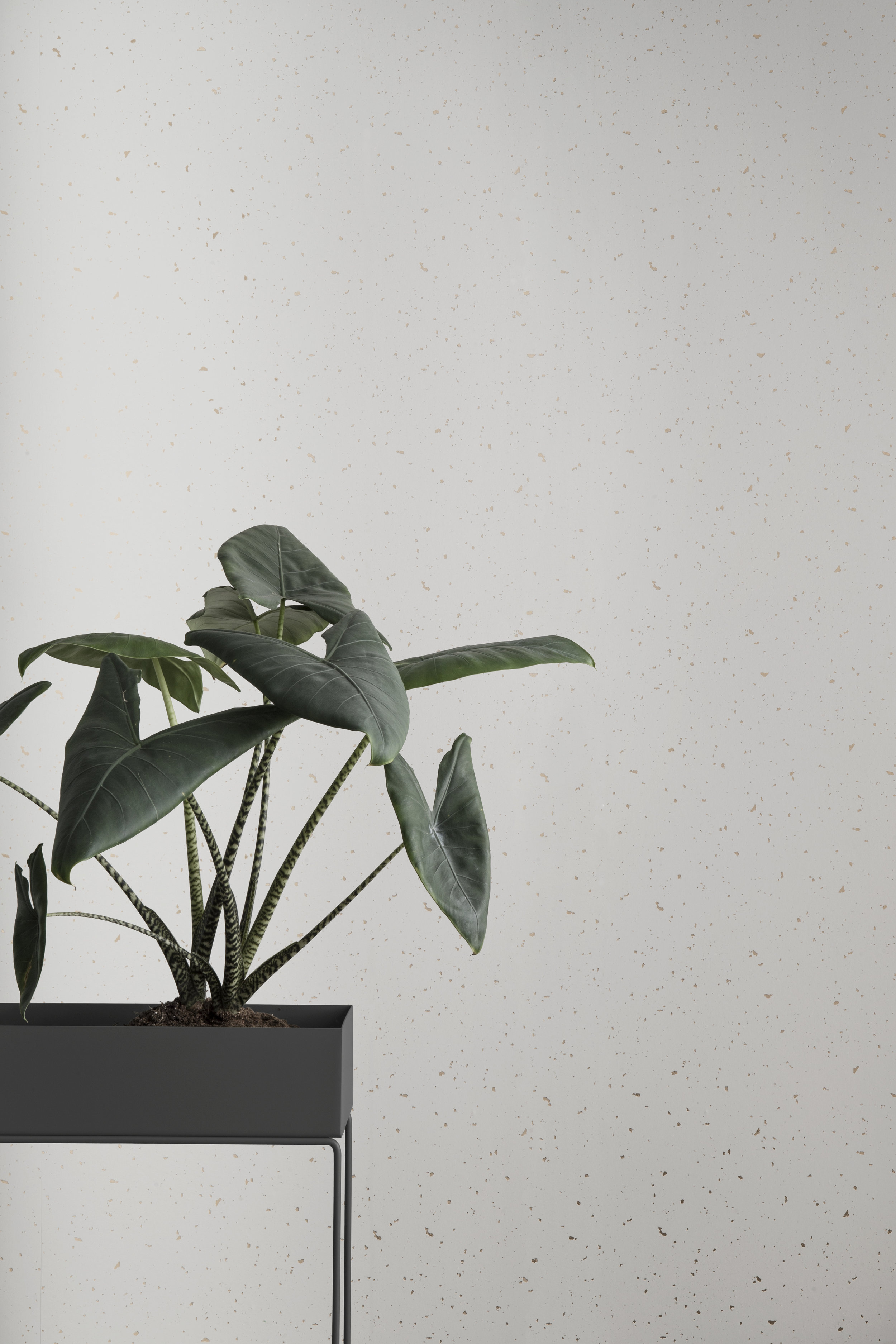An indoor jungle that thrives
1.
PLANTS NEED LIGHT
For plants, light equals food. The quality of light and the intensity should be carefully considered and acknowledging the characteristics of light will help in understanding how a plant will behave within a space.
The quality of light is based upon the colour of light omitted. Plants appear green as they reflect green light, so providing more of this is useless to them as they’re unable to absorb it. Yellow, orange, red, blue, violet and UV light from the sun is needed within most plants ‘light-diet’. The intensity of light is based on the amount of light provided to the leaves, curtains, the time of day and other furniture items may all obstruct the intensity of light provided causing positive or negative reactions depending on the plant. With this in mind where plants are situated within a space should be influenced depending on each species individual needs with consideration of how much sunlight is required made before making plant selections.
2.
WATER - HOW MUCH IS TOO MUCH?
Watering plants is obviously an essential element for optimum plant health, aiding vital minerals to move to where they are needed most. How much water and how often can however be tricky to navigate.
Water provides structural support, when plants cells are filled with water they become stiff and will stand upright from watering, retaining their shape. A lack of water will cause the opposite with cells deflating and plants will give clear signs of this, appearing wilted.
Just as plants need varied amounts of light depending on their species, the amount of water needed is also dependant on the plants natural environment. Is its origin rainy and tropical or dry and hot? This simple question will help to gauge how much water is required.
A plants scale should also determine the amount of water needed. Soil is like a sponge and so smaller planters holding less soil will dry out much more quickly than larger pots retaining large amounts of soil. For larger plants let the water soak in until the soil is saturated, smaller planters will require less to avoid root rot, but require more frequent watering.
3.
PLANTS ARE SHAPED BY THEIR ENVIRONMENT
Plants are an effective way to dress a space but it’s important to remember that they aren’t a piece of furniture, they’re a living organism and so putting plants needs first is a must. Consideration for the space as a whole is needed when trying to recreate the plants natural environment as is the changing environment of a space throughout the seasons. Window sills which are sunny in the winter most likely won’t obtain an abundance of light by winter time and so as the seasons change, so to should the location of indoor plants.
Most houseplants require an element of humidity, tropical plants in particular, and so placement near air conditioning units or radiators should be avoided. In short, plants decide where they are positioned.
For an indoor jungle to thrive think of plants like people; they need light, water and a well needed change of scenery from time to time...




